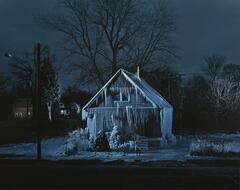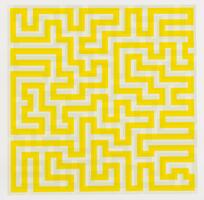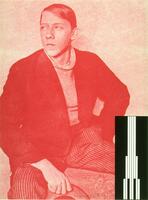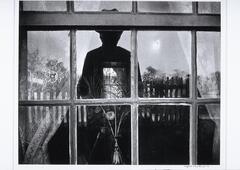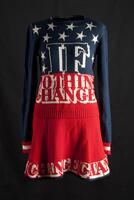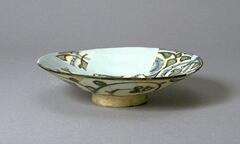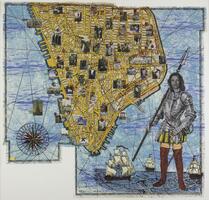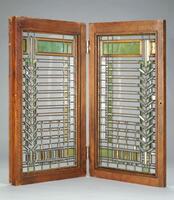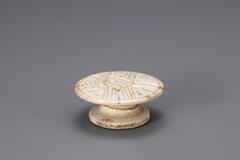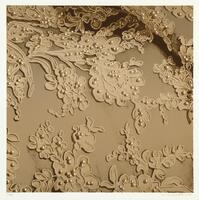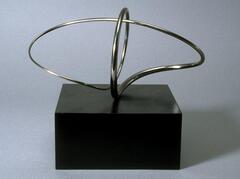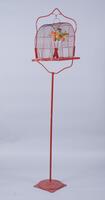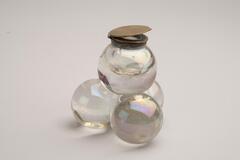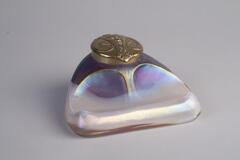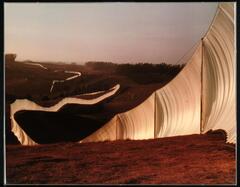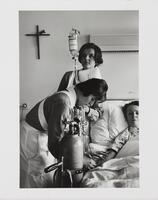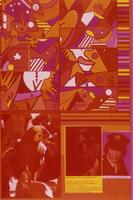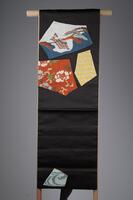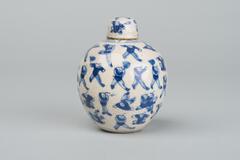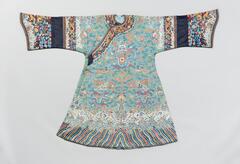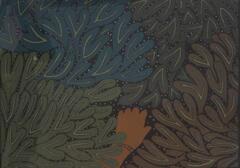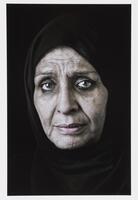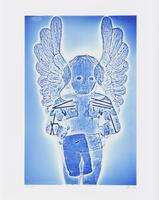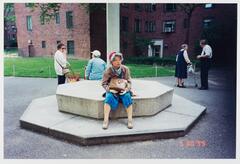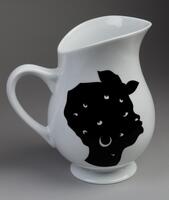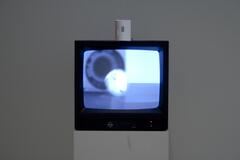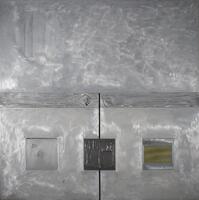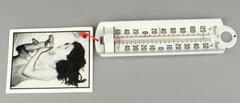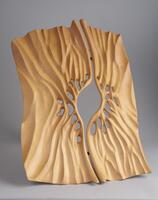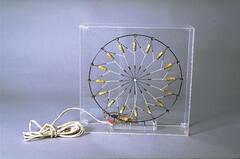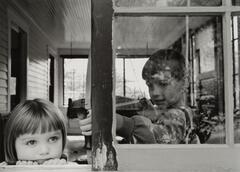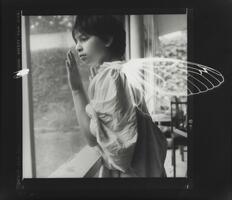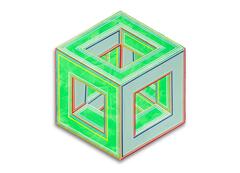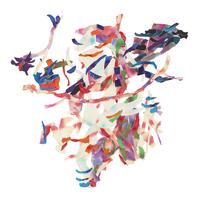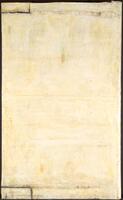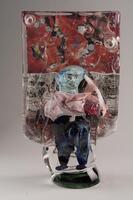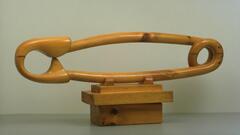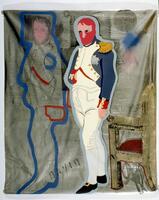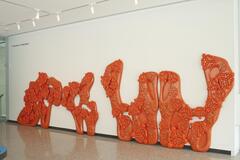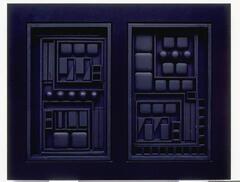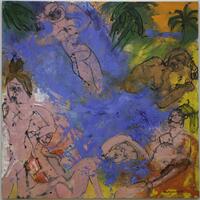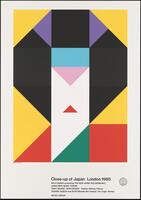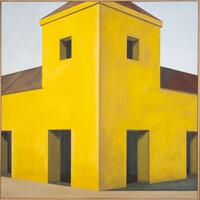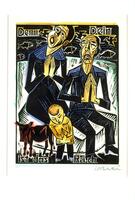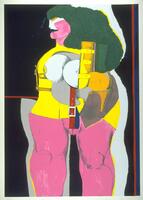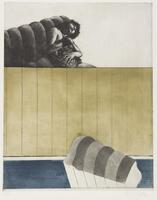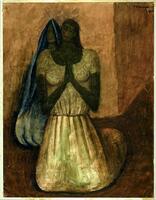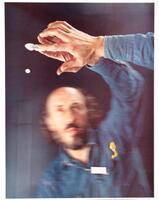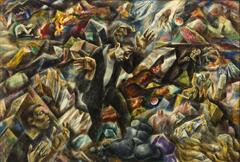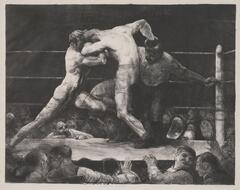Superior In-Person Experience
80 Items in this Learning Collection
Collection Object
Collection Object
Collection Object
Collection Object
Collection Object
Collection Object
Collection Object
Collection Object
Collection Object
Collection Object
Collection Object
Collection Object
Collection Object
Collection Object
Collection Object
Collection Object
Collection Object
Collection Object
Collection Object
Collection Object
Collection Object
Collection Object
Collection Object
Collection Object
Collection Object
Collection Object
Collection Object
Collection Object
Collection Object
Collection Object
Collection Object
Collection Object
Collection Object
Collection Object
Collection Object
Collection Object
Collection Object
Collection Object
Collection Object
Collection Object
Collection Object
Collection Object
Collection Object
Collection Object
Collection Object
Collection Object
Collection Object
Collection Object
Collection Object
Collection Object
Collection Object
Copyright
All Rights Reserved
()
Ice House
Accession Number
2012/2.2
Title
Ice House
Artist(s)
Gregory Holm
Object Creation Date
2010
Medium & Support
digital print on paper
Dimensions
5 ft. x 40 in. (152.4 x 101.6 cm)
Credit Line
Museum purchase
Label copy
In Focus 2013
New Acquisition: Gregory Holm
During the recent economic downturn, Detroit acquired the reputation as having perhaps the worst rate of home foreclosures of any city in the nation. Officials estimated that one third of Detroit’s houses, roughly 80,000, were abandoned. What to do with so many empty homes, considered a symptom of urban blight? Two artists with firsthand experience with this dilemma came together in early 2010 to address the situation, photographer Gregory Holm and architect Matthew Radune. Holm has long been active in his native Detroit while Radune had been evicted in 2007 from his New York apartment with only five hours’ notice. The issue of home foreclosure, demolition, and relocation is inherently political in nature. As Radune writes, “It affects the integrity and history of neighborhoods and cities alike.”
Holm and Radune proposed selecting an abandoned house slated for demolition and covering it in ice in the dead of winter. Following the completion of the project, the artists would work with the city and others to recycle as much of the house as possible—wire, glass, cement, etc.—and reclaim the land for urban farming (a positive side of city downsizing and an area in which Detroit is at the forefront). Documenting the installation, the artists proposed producing a limited edition book, a film (see http://vimeo.com/10573938), and fine art digital prints, such as this one.
During the coldest days early in 2010, the house was covered with water. The ice creates a delicate vitreous sheath that obscures the decline of the house, while the extremely long icicles provide delicate vertical accents that knit the house together. Seen in daylight, the Ice House gives little indication of the effect of the site at night. Photographed at night, the transformation is magical: the resultant structure evokes German or Nordic fairy tales set in a wood and illuminated by an ethereal unseen light source. Holm’s photograph asks us to “explore the options” available to urban environments that fall on hard times—and challenges the rest of us to imagine the best possible solutions in the face of difficult choices.
Carole McNamara
Senior Curator of Western Art
This new acquisition will be on view in the first-floor connector between the Museum’s historic wing and the Maxine and Stuart Frankel and the Frankel Family Wing from July 8 through October 7, 2013.
[LABEL COPY]
Gregory Holm
United States, born 1971
Ice House
2010
Digital print
Museum Purchase, 2012/2.2
Subject matter
This large photograph is the documentation of the artist's project in Detroit, Michigan, to enclose an entire house in ice. It is considered an architectural installation and social change project. The artist worked with architect, Matthew Radune to use one of the 20,000 abandonded houses in Detroit and freeze it in solid ice, referencing the contemporary urban conditions in the city and beyond.
Physical Description
A small urban house is seen in a nocturnal view set in winter. The house is covered with icicles hang from the gables and over the first floor windows and door. There is no illumination from inside the house, although there are lights in adjacet houses; the house is illuminated by a cool white light that, along with the house, illuminates the chain-link fence to the right and the trees flanking the house.
Primary Object Classification
Photograph
Primary Object Type
color
Collection Area
Photography
Rights
If you are interested in using an image for a publication, please visit http://umma.umich.edu/request-image for more information and to fill out the online Image Rights and Reproductions Request Form.
Keywords
digital images
houses
icehouses
winter
2012/2.2
Title
Ice House
Artist(s)
Gregory Holm
Object Creation Date
2010
Medium & Support
digital print on paper
Dimensions
5 ft. x 40 in. (152.4 x 101.6 cm)
Credit Line
Museum purchase
Label copy
In Focus 2013
New Acquisition: Gregory Holm
During the recent economic downturn, Detroit acquired the reputation as having perhaps the worst rate of home foreclosures of any city in the nation. Officials estimated that one third of Detroit’s houses, roughly 80,000, were abandoned. What to do with so many empty homes, considered a symptom of urban blight? Two artists with firsthand experience with this dilemma came together in early 2010 to address the situation, photographer Gregory Holm and architect Matthew Radune. Holm has long been active in his native Detroit while Radune had been evicted in 2007 from his New York apartment with only five hours’ notice. The issue of home foreclosure, demolition, and relocation is inherently political in nature. As Radune writes, “It affects the integrity and history of neighborhoods and cities alike.”
Holm and Radune proposed selecting an abandoned house slated for demolition and covering it in ice in the dead of winter. Following the completion of the project, the artists would work with the city and others to recycle as much of the house as possible—wire, glass, cement, etc.—and reclaim the land for urban farming (a positive side of city downsizing and an area in which Detroit is at the forefront). Documenting the installation, the artists proposed producing a limited edition book, a film (see http://vimeo.com/10573938), and fine art digital prints, such as this one.
During the coldest days early in 2010, the house was covered with water. The ice creates a delicate vitreous sheath that obscures the decline of the house, while the extremely long icicles provide delicate vertical accents that knit the house together. Seen in daylight, the Ice House gives little indication of the effect of the site at night. Photographed at night, the transformation is magical: the resultant structure evokes German or Nordic fairy tales set in a wood and illuminated by an ethereal unseen light source. Holm’s photograph asks us to “explore the options” available to urban environments that fall on hard times—and challenges the rest of us to imagine the best possible solutions in the face of difficult choices.
Carole McNamara
Senior Curator of Western Art
This new acquisition will be on view in the first-floor connector between the Museum’s historic wing and the Maxine and Stuart Frankel and the Frankel Family Wing from July 8 through October 7, 2013.
[LABEL COPY]
Gregory Holm
United States, born 1971
Ice House
2010
Digital print
Museum Purchase, 2012/2.2
Subject matter
This large photograph is the documentation of the artist's project in Detroit, Michigan, to enclose an entire house in ice. It is considered an architectural installation and social change project. The artist worked with architect, Matthew Radune to use one of the 20,000 abandonded houses in Detroit and freeze it in solid ice, referencing the contemporary urban conditions in the city and beyond.
Physical Description
A small urban house is seen in a nocturnal view set in winter. The house is covered with icicles hang from the gables and over the first floor windows and door. There is no illumination from inside the house, although there are lights in adjacet houses; the house is illuminated by a cool white light that, along with the house, illuminates the chain-link fence to the right and the trees flanking the house.
Primary Object Classification
Photograph
Primary Object Type
color
Collection Area
Photography
Rights
If you are interested in using an image for a publication, please visit http://umma.umich.edu/request-image for more information and to fill out the online Image Rights and Reproductions Request Form.
Keywords
digital images
houses
icehouses
winter

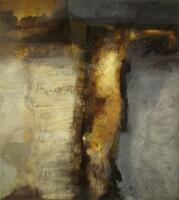
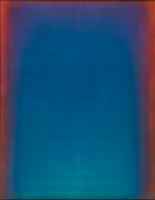

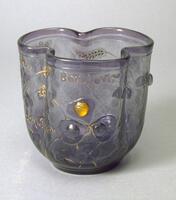
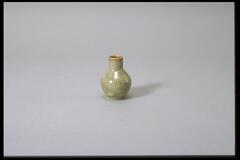
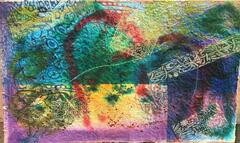
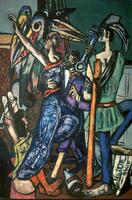
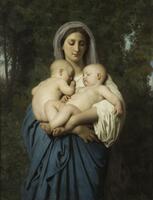

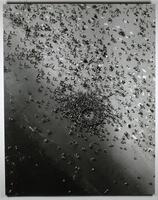

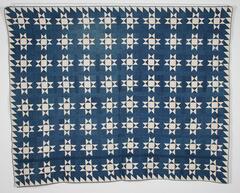
![A clear glass bubble rests on the bowl of a plain white clay pipe. Along the stem of the pipe are the words, "Ce que [sic] manque à nous tous." A clear glass bubble rests on the bowl of a plain white clay pipe. Along the stem of the pipe are the words, "Ce que [sic] manque à nous tous."](/media/W1siZiIsIjIwMjIvMDkvMjQvMmR5MHViN2o5Yl9kZWZhdWx0LmpwZyJdLFsicCIsInRodW1iIiwiMjQweDIwMCJdXQ?sha=e23a50659ff4d560)
